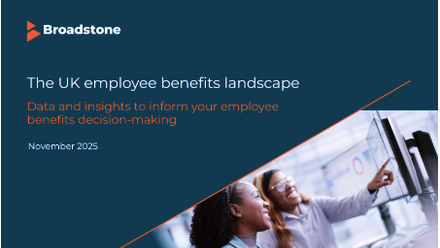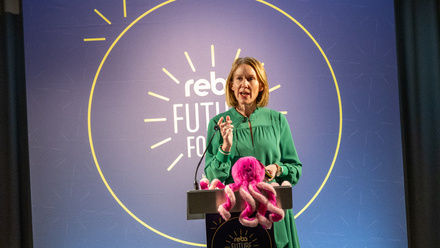3 steps to ensure your most expensive employee benefit adds value
UK businesses are in for a year of belt-tightening.
Across the board, increased costs and economic uncertainty threaten to tip the balance sheet.
While it’s possible to trim a few budgets, there are some costs you just can’t cut.
Maybe you don’t have to.
Maybe it’s better, for both your business and your employees, to make those costs more worthwhile.
What’s changing?
As well as having to pay more towards National Insurance and a living wage in the 2025/26 tax year, you’ve also got to pay more into workplace pensions.
Before, the first £9,100 of an employee’s income was out of the picture – it was excluded from pension contributions.
But from 2025/26 onwards, that lower threshold is £5,000, meaning a bigger chunk of their income counts towards your scheme.
If you make the minimum 3% employer contribution, that’s an extra £123 per person each year.
On top of the £1,000 or so you likely already pay into each of their pensions (based on the UK average salary of £35,000), it soon adds up.
Workplace pensions are an investment in your employees’ futures, sure, but how do they feel about it today?
And what’s the return on this investment for your business?
If employees don’t engage with or even understand your pension, they probably don’t appreciate you for it either.
Helping employees value their workplace pensions
First and foremost, it’s about perception.
Half of employees see their pension contributions as a form of tax, another annoying deduction from their salary.
They aren’t focusing on the positives because they’re either unaware or overwhelmed.
We’ve been researching the consumer view of pensions for years and the same problems always come up:
- Confusing language
- Complex rules
- Too many pots in different places
- Savings restricted to the long-term
- A failure to consider what members want
To succeed in adding value, it’s not just about connecting to payroll and getting money into your employees’ nest eggs – it’s about informing, educating and engaging them.
Workplace pensions need to feel simple and inviting for employees, which means helping them overcome the bugbears and putting the benefits in the spotlight.
With the right tools, material and support, this can be achieved.
And when it is, employees don’t just see the value in your contributions, they feel valued by the business.
Three steps to make sure pensions add value
Here’s a quick overview of what you, and your pension provider, can do to change perceptions.
1. Build awareness
Send intro emails, host webinars and start conversations – in language they understand.
Let people know what they’ve got and why it’s important, as well as why you chose the pension provider you’re with and what makes them different.
2. Support engagement
Share education programs, financial wellbeing check-ins, stories about their investments, and more effective ways to connect with their savings.
If your pension has an app, make the most of it.
3. Maximise value
Make contributions go further with salary sacrifice, use tools to help employees transfer old pensions into their current one, and consider additional savings accounts for short-term priorities.
Turn your scheme into an all-in-one destination for managing finances.
It’s not about spending more – it’s about spending smarter
You might find your current pension provider offers more than you realise.
If they don’t have anything to help, you could certainly make up some of the difference yourself, but that costs time and effort, which costs money.
The alternative is to take some time now to consider your options, compare other providers who already do these things, and let them be the ones to do the work and add value to your benefits.
Supplied by REBA Associate Member, NatWest Cushon
NatWest Cushon is a workplace pensions and savings provider with an award-winning proposition.








